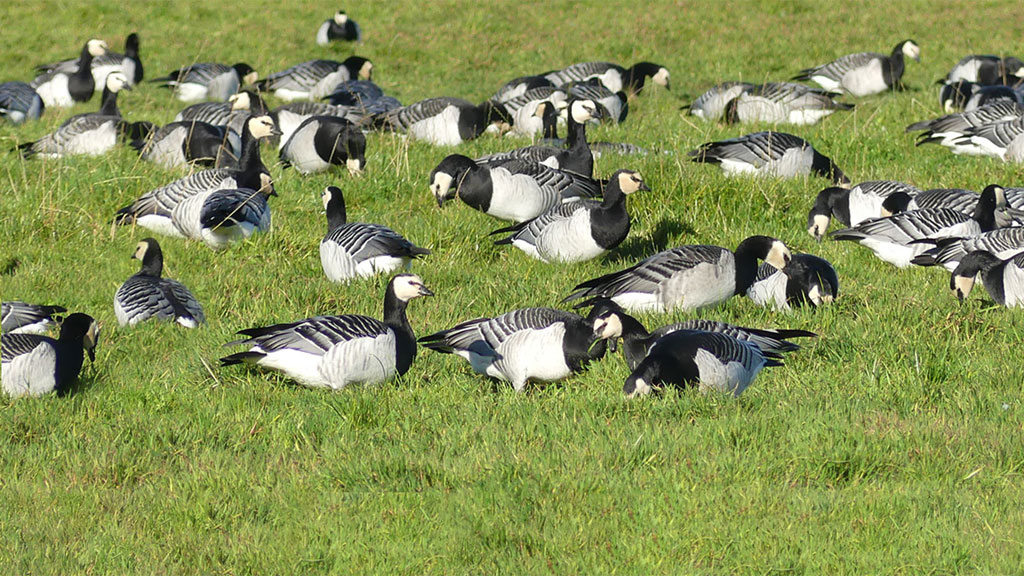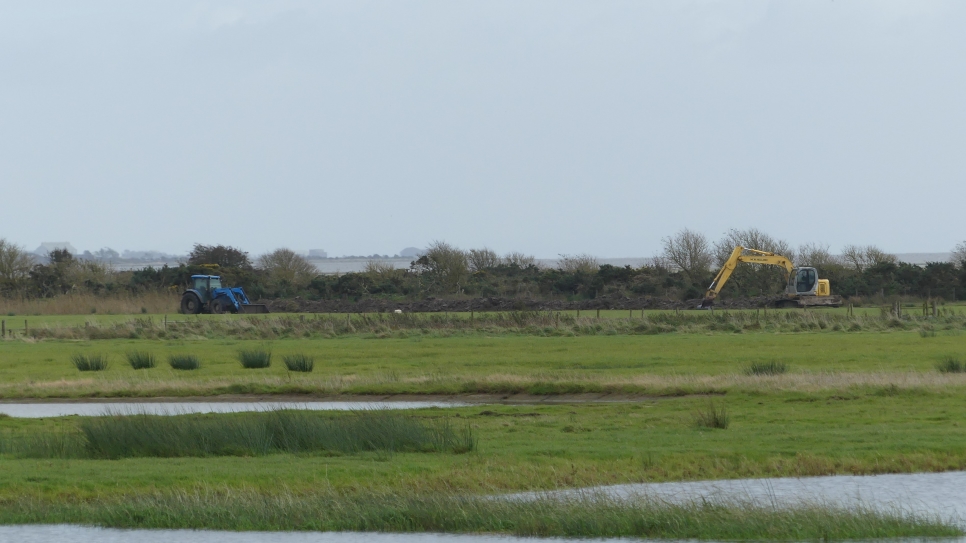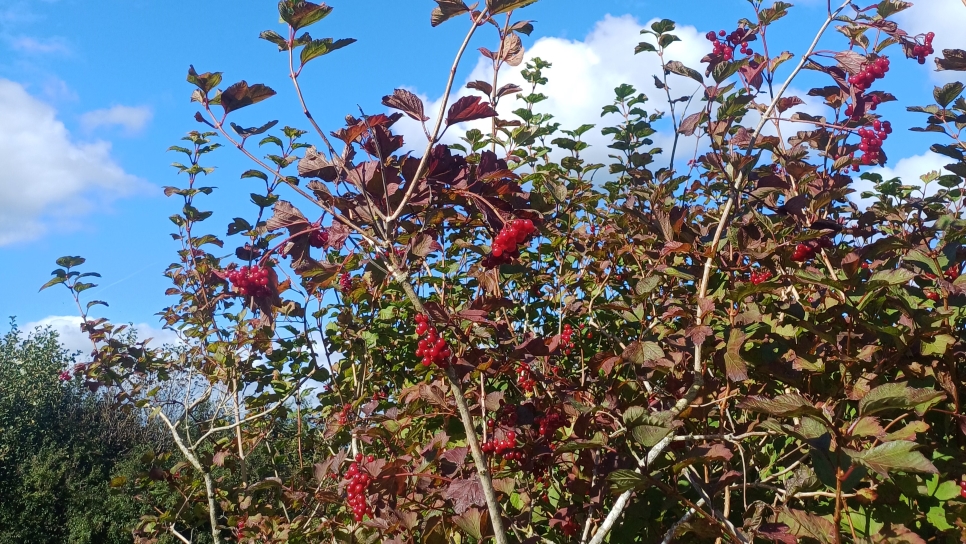Dragonflies galore
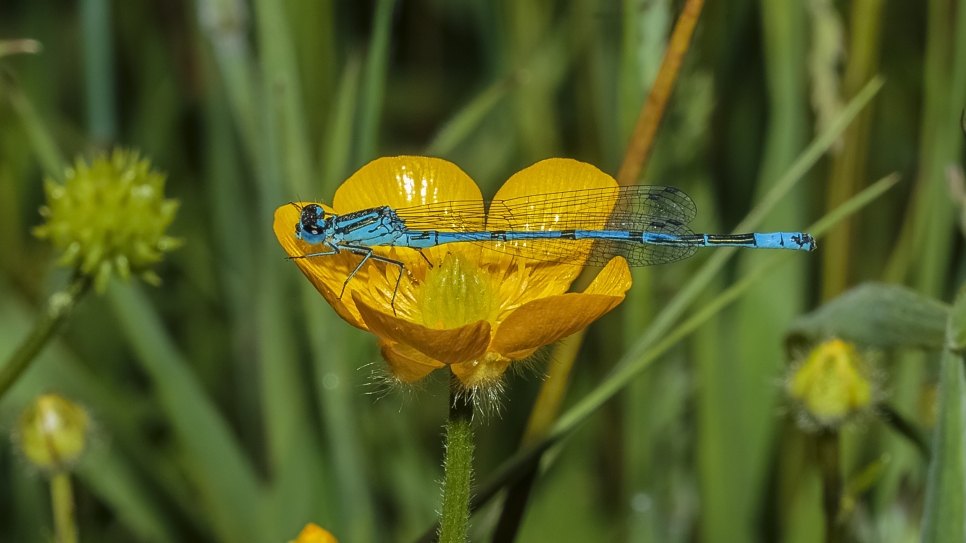
With summer approaching, invertebrates are becoming more abundant on the reserve each day. A particular group of invertebrates that I’m excited to see is Ordonata (the team here may even say that I’m a bit obsessed!) which is made up dragonflies and damselflies. Caerlaverock is a British Dragonfly Society hotspot for them, with 19 species found across the site. Last week with the surprisingly warm weather, the first adults were seen - three common blue damselflies on the Walk on the Wild Side.
Dragonflies and damselflies are semi-aquatic invertebrates reliant on freshwater for reproduction and spend most of their lives in water bodies making them good indicators of water quality. Not only this, since they are mobile organisms, their dispersal can indicate the effects of climate change. Therefore, it is important that we monitor them.
Here, we monitor adults monthly and excitingly this year I will be sampling larvae and exuviae to confirm where and whether each species is breeding on site. I have been wading in ponds and so far found large red, azure and common blue damselfly larvae! I’m hoping to find even more species as the season progresses.
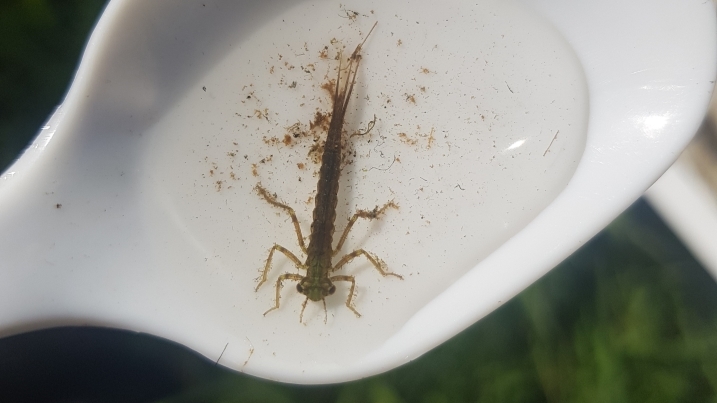
azure damselfly exuviae by Ed (Emily) Dixon
Adults are found near ponds where they hunt and breed but there are some key spots on the reserve for them. The Walk on the Wild Side is notorious for them with the Teal Pond being a particularly popular spot but banded demoiselle has also recently colonized the site and have been seen by the Lochar. The Paddocks are also a great spot.
Interested in hunting for larvae yourself? Come down and try pond dipping!
Words by Ed (Emily) Dixon
Azure damselfly resting on a buttercup by Alex Hillier
